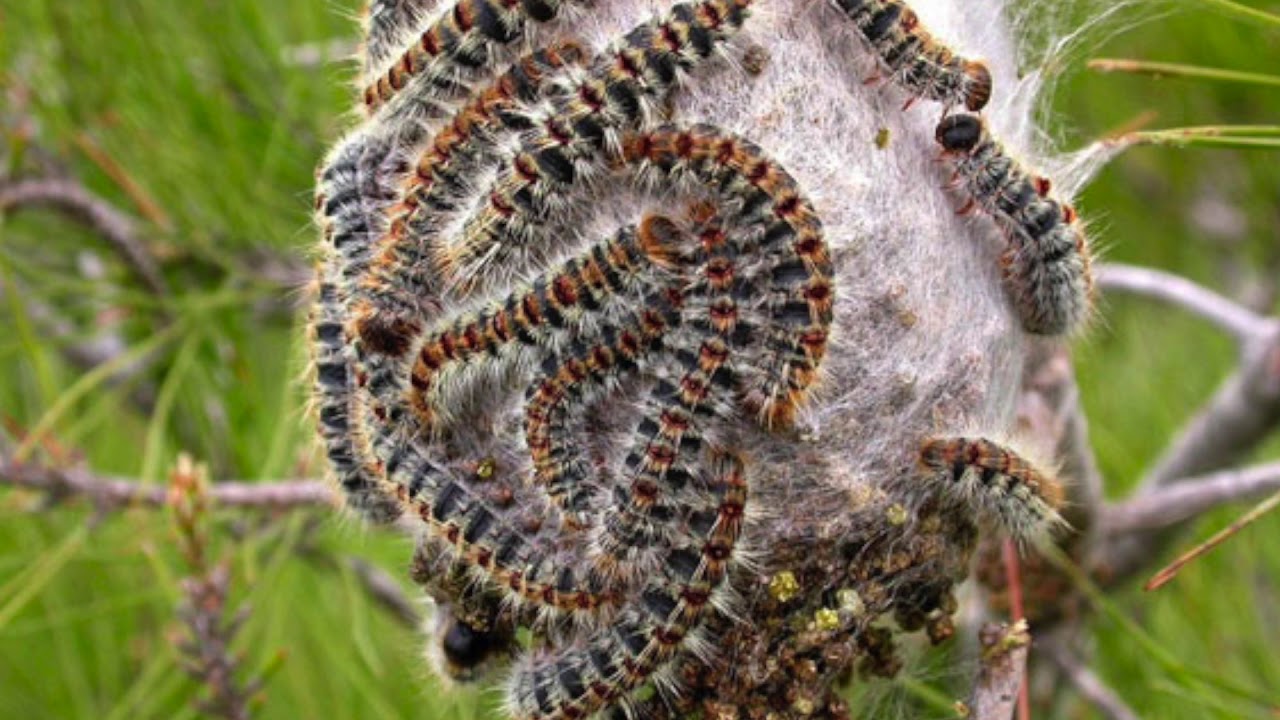Due to the detection of a row of these poisonous caterpillars in a park near Diagonal Avenue, the alert for children and dogs was activated, as the processionary caterpillar returned to Barcelona.
The poisonous insects were spotted in the Jardins de Maria Àngels Anglada i d’Abadal, a few meters from Avinguda Diagonal.
They were seen in the form of a “procession” circulating on the pavement near the park.
This species is typical of the months of March and April, months where the end of winter and the beginning of spring begin.
Poisonous caterpillars seen in a Barcelona park
According to the Barcelona City Council, it is usual that since the end of February some of these insects may appear.
They usually parasitize in the tops of pine trees and nest in large pockets. Processionaries feed on trees until they are killed or metamorphose. At this stage, they look for soil again in order to become chrysalises.
The danger is that they can be lethal to children and dogs or to any human.
All this is due to the fact that these caterpillars are covered with toxic hairs that they walk with their heads and tails together as a means of protection.
The hairs are toxic to humans and can cause skin irritation, dermatitis, eye lesions, urticaria and allergic reactions, so children, especially, must be very careful.
However, the worst part is borne by the dogs.
Dogs are very sensitive to the toxin given off by the processionary plant. In fact, if they come into contact through the skin or mucosa, it can cause inflammation of the muzzle and head, severe itching, abundant salivation, and even necrosis or destruction of tissues.
Some people think that the best thing to do is to do a complete cleaning of the city’s trees, in order to destroy the nests that parasitize on them.
Processionnaires
As this species of caterpillar is too toxic, its ingestion can cause necrosis of the pet’s throat and tongue, resulting in death.
For this reason, if you have a pet, particularly a dog, you should increase precautions and vigilance over your animal so that it does not eat these poisonous insects for nothing.
Doing so could result in a fatal outcome.
Due to changes in climatic behavior, in recent years this pest is bringing forward its arrival due to the presence of droughts during the winter in the Spanish territory.
Therefore, from the middle of the winter season onwards, these caterpillars are likely to be seen.
Experts from the National Association of Environmental Health Companies, ANECPLA, indicate that endotherapy is the permitted method to control this species.

